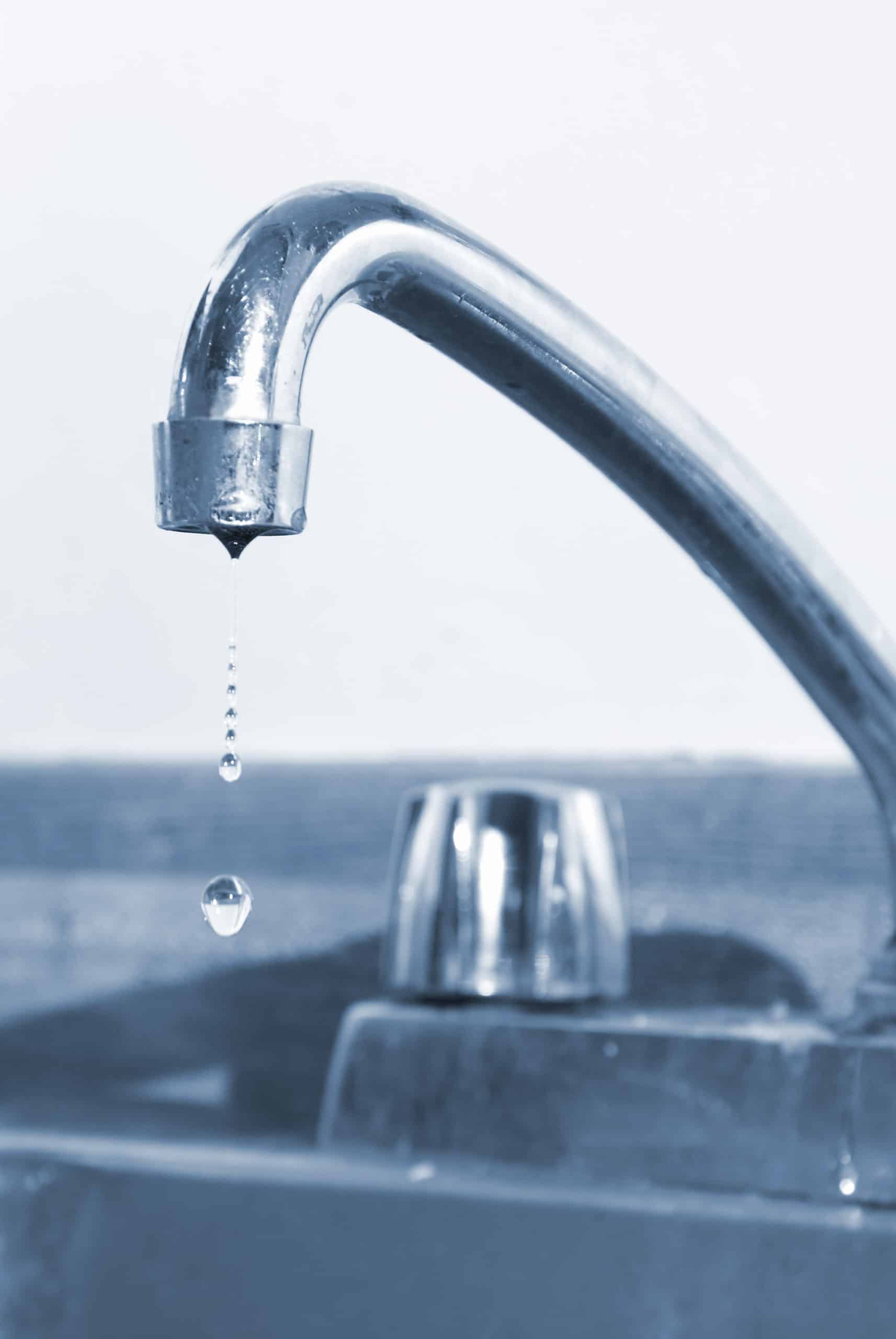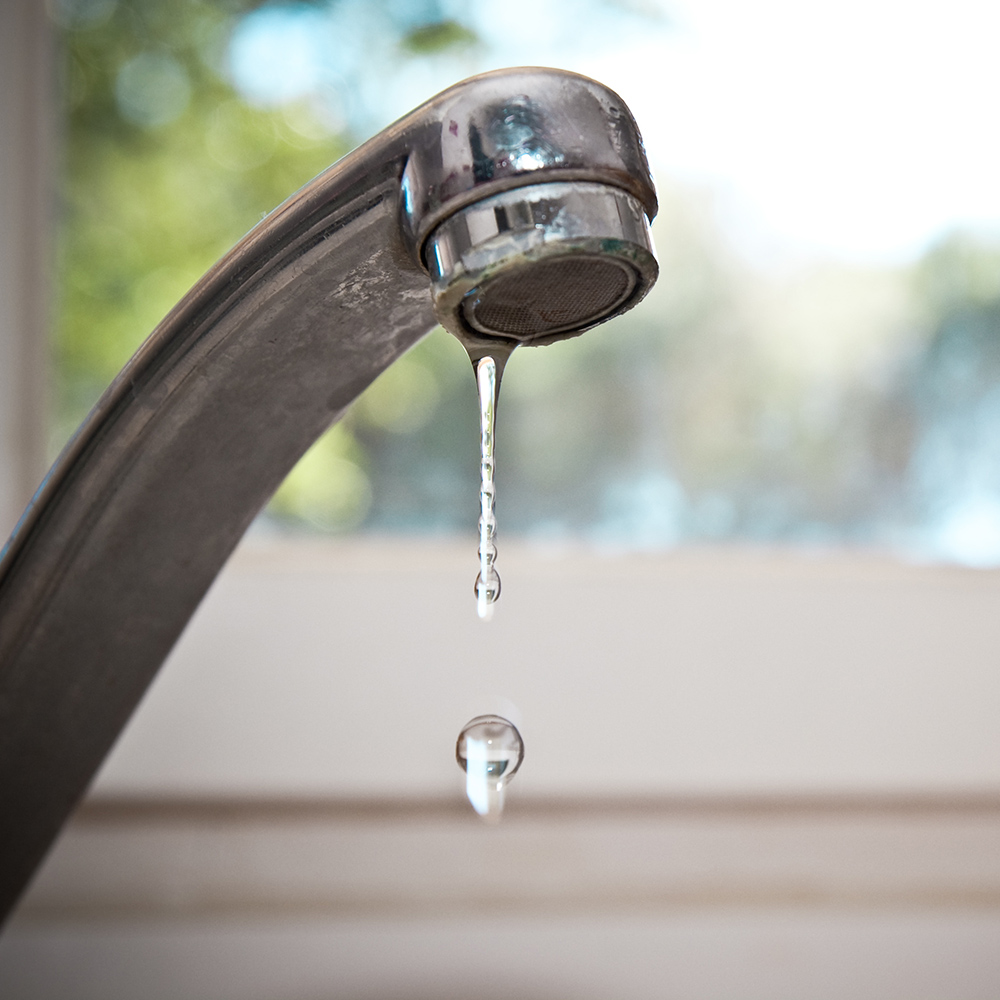Our Consequences of Dealing with a Dripping Faucet
Our Consequences of Dealing with a Dripping Faucet
Blog Article
Have you been looking for content concerning Health Risks Posed by Leaking Faucets?

Intro
A dripping faucet might seem like a minor inconvenience, but its effects expand far past the occasional drip. Comprehending the impacts of a leaky faucet is essential for both home owners and the environment. In this write-up, we'll explore the numerous impacts of this typical house issue and why addressing it without delay is vital.
Root Causes Of Leaky Faucets
Dripping faucets can result from a range of factors, including deterioration, high water pressure, and rust. With time, the constant use of faucets can result in worn-out seals and gaskets, causing leaks to create. In addition, excessive water stress can place pressure on plumbing fixtures, bring about leaks. Deterioration and corrosion can also deteriorate tap components, making them vulnerable to leakage.
Water Waste
One of one of the most considerable effects of a dripping tap is water waste. Even a little drip can add up to gallons of wasted water gradually. This not only increases water costs but additionally adds to water shortage and environmental destruction. Resolving leaking faucets promptly is important for saving this precious source and reducing its influence on the world.
Financial Impact
Along with drainage, leaking taps can also have a significant financial impact. Boosted water bills are a straight repercussion of water wastefulness, costing home owners hundreds of bucks annually. Additionally, the cost of repairing water damage brought on by leakages can be substantial, especially if left unattended for a prolonged period.
Ecological Influence
The environmental impact of leaking taps expands past water wastage. By preserving water, property owners can add to broader initiatives to reduce water scarcity and safeguard natural communities. Sustainable choices such as rainwater harvesting and water-efficient fixtures can additionally reduce the ecological impact of home water use.
Technical Solutions
Advancements in technology have caused the growth of clever faucets and water-saving tools that help decrease water wastage. Smart faucets make use of sensors to detect activity and change water flow appropriately, lowering waste without compromising comfort. Water-saving tools such as aerators and low-flow showerheads are also reliable in conserving water without jeopardizing performance.
Global Perspectives
While dripping faucets might feel like a localized concern, they add to broader international obstacles such as water shortage and climate modification. In areas currently encountering water stress, every decline counts, making leak avoidance and repair work important. By embracing water-saving techniques and investing in sustainable innovations, home owners can play their component in dealing with these pushing global issues.
Governing Steps
Federal government policies play a critical function in reducing the impact of dripping taps and promoting water preservation. From building codes that call for water-efficient fixtures to water-saving motivations and discounts, policymakers have a variety of devices at their disposal. By executing and implementing these guidelines, governments can ensure that property owners focus on water preservation in their lives.
Community Impact
Resolving leaking faucets requires cumulative initiatives at the area level. By elevating awareness regarding the significance of water preservation and providing resources for leak discovery and repair work, neighborhood authorities can empower property owners to take action. Efforts such as water-saving discount programs and leak detection projects can incentivize actions modification and promote responsible water use.
Situation Researches
Real-life examples of the influence of leaky taps underscore the relevance of proactive maintenance and prompt repair work. From water damages to skyrocketing water expenses, the effects of ignoring leakages can be extreme. By sharing these case studies, house owners can much better understand the relevance of addressing leaking taps promptly.
Educational Campaigns
Educational campaigns play a vital duty in raising understanding regarding the results of dripping faucets and advertising water preservation practices. Through workshops, seminars, and on the internet sources, home owners can learn how to discover and repair leaks themselves. By equipping people with knowledge and devices, instructional campaigns can promote a culture of accountable water usage within areas.
Health Worries
Leaky taps can create helpful atmospheres for mold and mildew and mildew growth, presenting health and wellness threats to passengers. The visibility of mold and mildew can exacerbate respiratory system issues and allergic reactions, particularly in at risk people. Additionally, water damages resulting from leakages can compromise the architectural integrity of buildings and bring about expensive repair work.
Do it yourself vs. Specialist Repair work
When faced with a dripping tap, property owners commonly question whether to attempt repair work themselves or hire a specialist plumber. While do it yourself repairs can save cash, they may not always attend to the hidden concern effectively. Professional plumbing professionals have the experience and equipment to diagnose and take care of leakages properly, ensuring long-lasting options and satisfaction for home owners.
Safety nets
Avoiding dripping faucets requires routine maintenance and aggressive measures. Easy tasks such as replacing damaged washing machines and seals can stop leaks from creating. Additionally, updating to high-quality components and minimizing water stress can aid prolong the life-span of faucets and decrease the threat of leaks.
Final thought
In conclusion, the effects of a dripping faucet extend much past the occasional drip. From water wastage and increased water expenses to health and wellness issues and environmental effect, the effects of ignoring leakages can be substantial. By attending to leaking taps quickly and embracing water-saving methods, home owners can minimize these effects and contribute to a more sustainable future.
Why You Shouldn’t Ignore a Leaky Faucet in Your Home
What Causes a Leaky Faucet?
Various factors can cause a leak, from loose and worn-out parts to corrosion. Your faucet has four essential components from which most plumbing issues will stem: the O-ring, the valve seat, the washer and the gasket.
What Is an O-Ring?
The O-ring is a stem screw that fastens parts of the faucet in place, preventing water from leaking out of the spout. Depending on your faucet type, the stem might have multiple O-rings. Water will drip from the faucet’s handles and base if this part breaks or deteriorates.
What Is a Valve Seat?
The valve seat controls the flow and temperature of the water. Found at the base of the handle, it works as a seal for the faucet’s stem. The valve seat ensures the water is allowed to flow or is blocked as the handles dictate. You’ll know it’s malfunctioning when water leaks from your faucet’s sides.
What Is a Gasket?
The gasket is found between the water inlet and the valve stem. It creates a seal between the faucet and the sink, holding its joints by aerators attached to the stem’s head. Water will trickle out from the base if the gasket isn’t working.
What Is a Washer?
The washer secures the handles and prevents leakage, serving a similar purpose to the O-ring. While the O-ring is ordinarily round and made from an elastic material, such as rubber, the washer is square-shaped and composed of brass, copper and other hard metals. If it malfunctions, corrodes or has been improperly installed, water will leak out of the handles, causing that incessant faucet drip.
Why Is a Leaky Faucet Dangerous?
A leaky faucet left alone for too long can have significant consequences.
Pest Infestations
Since bugs and rodents gravitate towards the scent of water, a leaky faucet will draw pests to your sink. Both are looking for leaks accessible through crawl spaces, which a faucet provides. If you leave water dripping for too long, you run the risk of an infestation.
Rust
If one of the faucet parts has started to corrode, the resulting rust can spread to your pipes and valves with startling speed. The rust might even lead to cracks or other impairments, resulting in more severe plumbing issues.
Your sink could also sustain damage from a leaky faucet. The water in your tap possesses sparse elements of calcium and iron that can stain your sink with repeated and prolonged exposure. Once those elements in the water have been open to the air for some time, your sink will start to rust, creating marks that can be difficult to remove.
https://www.tomsmechanical.com/blog/why-you-shouldnt-ignore-a-leaky-faucet-in-your-home

Do you like reading up on The Environmental Impact of Leaky Faucets? Try leaving a remark below. We will be pleased to know your opinion about this review. Hoping to see you back again before long. Do you know about somebody who is excited about the subject? Why not share it. Thanks a lot for your time spent reading it.
Report this page